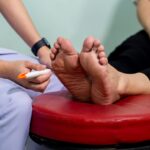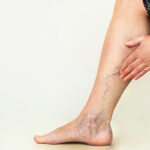Varicose veins are enlarged, twisted veins that usually appear on the legs and feet. They develop when vein valves weaken or malfunction, allowing blood to pool instead of flowing efficiently back toward the heart. The condition often results in visible, raised veins that may be blue or purple in color.
Although varicose veins are commonly seen as a cosmetic issue, they can lead to physical symptoms. Some individuals experience aching, heaviness, swelling, or a burning sensation in the legs. These symptoms may worsen after standing for long periods or at the end of the day. In more advanced cases, skin changes, rashes, or ulcers can develop around the ankles.
Who Is Most Likely to Develop Varicose Veins?
Several factors increase the likelihood of developing varicose veins. Genetics plays a major role—people with a family history of the condition are more likely to experience it. Age is another contributor, as veins lose elasticity over time. Hormonal changes during pregnancy, menopause, or while taking hormone therapy can also impact vein health. Additional risk factors include obesity, standing or sitting for long hours, and a sedentary lifestyle. Women are more prone to developing varicose veins than men, especially during hormonal shifts or pregnancies. While the condition is more common in older adults, it can occur at any age.
Beyond the visible appearance of bulging veins, symptoms may vary depending on severity. Some individuals feel heaviness, cramping, or tingling in the affected areas. Others experience swelling around the ankles or discoloration of the skin near the veins. These symptoms often progress gradually and can become more disruptive if left unaddressed. If varicose veins begin interfering with daily activities or cause discomfort during movement, it may be time to seek evaluation from a medical provider.
What Are the Common Treatment Options?
There are several ways to manage varicose veins, ranging from at-home measures to outpatient procedures. For mild cases, compression stockings can improve blood flow and reduce swelling. Elevating the legs throughout the day may also offer relief.
When symptoms persist or become more severe, medical procedures may be considered. Common treatments include sclerotherapy, laser therapy, and radiofrequency ablation. These procedures close off or remove damaged veins, allowing blood to reroute through healthier vessels. Recovery times are typically short, and many procedures can be performed in a clinic setting.
Lifestyle habits play a major role in managing symptoms and preventing progression. Staying active with regular walking or low-impact exercises supports circulation. Avoiding prolonged standing or sitting can also help relieve pressure in the legs. Maintaining a healthy weight reduces strain on the lower body, which benefits overall vein function. For individuals who work long hours on their feet, taking short breaks to elevate the legs or perform calf exercises may reduce swelling. Wearing supportive shoes and avoiding tight clothing can also minimize discomfort and promote healthy circulation.
When Should You Seek Medical Advice?
If varicose veins begin to interfere with daily activities or cause discomfort, it’s a good idea to consult a healthcare provider. Symptoms such as persistent leg pain, skin changes, or bleeding from a vein warrant timely attention. Even if the concern is primarily cosmetic, a specialist can evaluate the underlying circulation and offer treatment recommendations. Some individuals hesitate to seek care because they assume the condition is harmless or untreatable. In reality, vein treatments are widely available and often lead to both functional and cosmetic improvement.
Schedule a Consultation
With proper care, many people find relief from the symptoms of varicose veins and experience improved quality of life. Early intervention can prevent complications and reduce the need for more invasive procedures later. While the condition can return over time, especially with ongoing risk factors, consistent management helps reduce recurrence.





